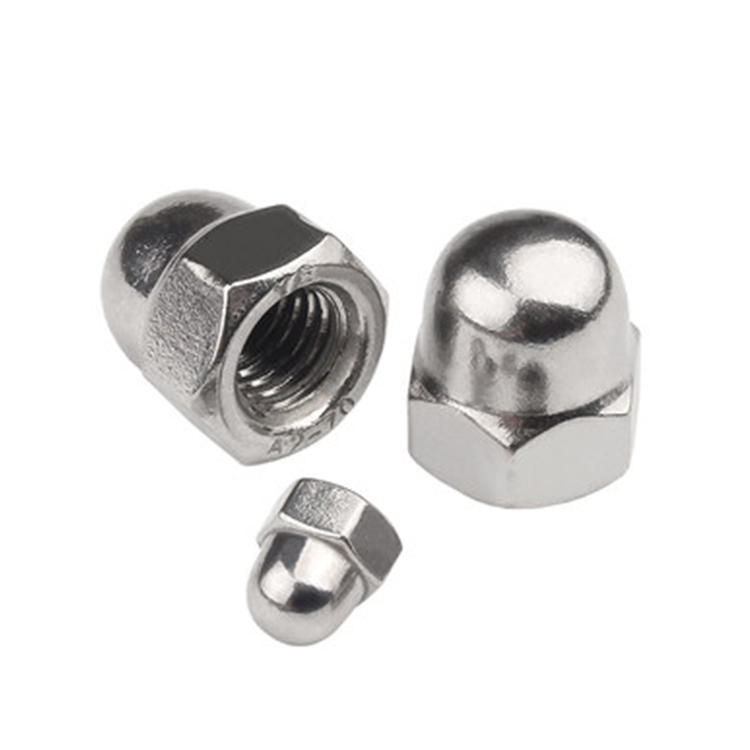When it comes to choosing the right screw for your project, understanding the differences between various types of screws is essential. Two of the most commonly used screws are the round head phillips screw and the flat head Phillips screw. While both belong to the Phillips screw family and feature a cross-shaped socket for easier driving, their design differences play a significant role in their applications. Let’s explore the key differences between a round head Phillips screw and a flat head Phillips screw, and how these variations affect their performance in different projects.For the current market situation, stainless steel fasteners It has a very advantageous development prospect and an extremely superior ecological environment. https://shwhardware.com
round head phillips self-tapping screw
1. Head Shape and Design
The most obvious difference between a round head Phillips screw and a flat head Phillips screw is their head shape:
Round Head Phillips Screw: A round head screw has a fully rounded, dome-like shape. This type of screw is generally used when the screw needs to stand proud of the surface. The round head can create a more prominent finish, making it ideal for decorative purposes or when the screw is not intended to be flush with the material.
Flat Head Phillips Screw: In contrast, a flat head screw has a flat, countersunk design that allows it to sit flush with or slightly below the surface of the material. The flat head is often used in applications where a smooth, even surface is important, such as in carpentry or metalworking, where a clean appearance is desired.
2. Purpose and Application
The differences in head shape directly influence the applications of these screws:
Round Head Phillips Screws: Due to their raised heads, round head Phillips screws are often used in decorative applications or when a visible fastener is part of the design. They are commonly found in furniture, decorative fixtures, or where additional pressure is not a concern.
Flat Head Phillips Screws: Flat head screws are more commonly used when the screw needs to be countersunk into the material. Their flat, flush design allows them to be driven deeper into the material, creating a smooth surface. This is crucial in applications like woodworking, electronics, or construction, where a clean and seamless finish is required.
3. Ease of Use and Installation
Round Head Phillips Screws: These screws are easier to drive into materials like wood, plastic, or metal because the head doesn¨t sink into the material. This feature makes them less prone to causing damage to the surface, especially in softer materials.
Flat Head Phillips Screws: The countersunk design of flat head screws allows them to fit neatly into pre-drilled holes, ensuring a more secure fit and preventing protrusion. However, installation may require more precision, especially when countersinking is needed, as the head must sit flush with the surface.